Eating in restaurants can be tricky to navigate for those with food allergies – the items listed in the menu description often just scratch the surface of the components in each dish. Although many commercial kitchens now have ways of accommodating food allergies (like separating certain ingredients to avoid cross contamination) it’s also important for the diner to be aware of potential problems when ordering. Here are common allergens that are too often overlooked.
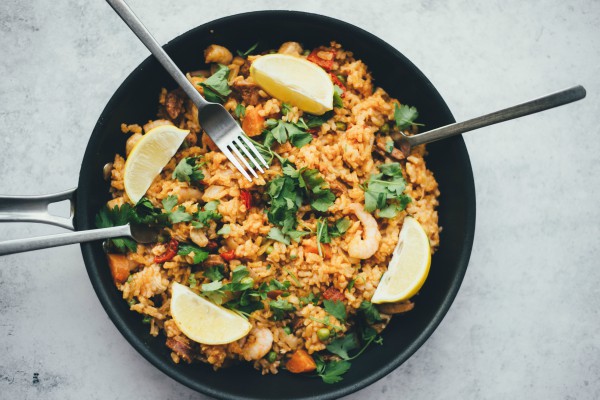
Shellfish and Molluscs
Allergies to shellfish (such as lobster and crab) and molluscs (clams, mussels and other hinged shell creatures) are often grouped together, but can vary depending on the person, according to The Government of Canada. Oyster sauce is commonly used in Chinese cooking, especially Cantonese dishes and North American variations, and other cuisines throughout Asia including Thailand and Vietnam. Liquid versions such as stock for soups and clam juice in Clamato and other cocktails should also be questioned.

Sesame
Sesame is another allergen that pervades many cuisines, from sesame paste (tahini) in Mediterranean and Middle Eastern dips to sesame oil and seeds in Japanese and other Asian countries. According to the Food Allergy Research and Education site, sesame oil is not as refined as soybean or peanut oils, and should be watched for in items such as margarine, baked goods and dressings, gravies and marinades.

Soy
The popularity of plant-based and vegan foods makes soy an increasingly difficult allergen to avoid. Textured soy protein, flavour packed miso (a pastry chef’s darling in desserts) and tofu can be found in dishes from veggie burgers to soups and salad dressings.

Wheat/Gluten
As many people with celiac are aware, wheat gluten is found in a wide variety of foods, whether used as a thickener in gravies or a coating on fried foods. Although wheat allergies are different from celiac, some of the same precautions can be taken when dining out. Keep an eye on your glass, as well — according to the Celiac Disease Foundation, beer brewed from gluten-containing grains can be a problem.
Here, we’ve rounded up 35 Delicious Gluten-Free Dinners
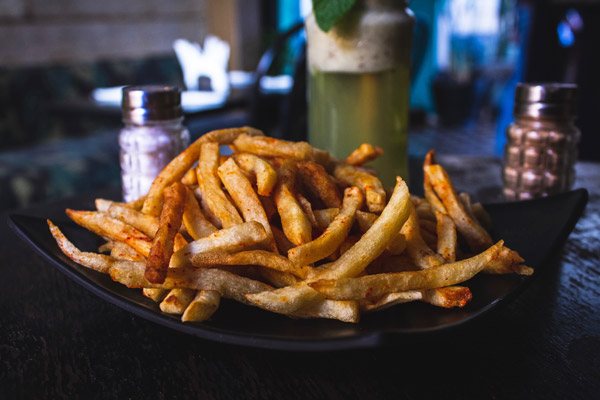
Peanuts and Tree Nuts
Peanuts and tree nuts (almonds, cashews, pecans and walnuts are common ones) are separate allergies and often classified as such, but there are some similarities in preparation that allergy-conscious diners should watch for in restaurants. Peanut and walnut oils can be used for flavouring, with the former used in deep fryers (watch for cross-contamination with those fries!) and the latter in salad dressings. Cashews and almonds are also often used to make vegan milk and butter substitutes.
See here for 25 Tasty Nut-Free Snack Recipes
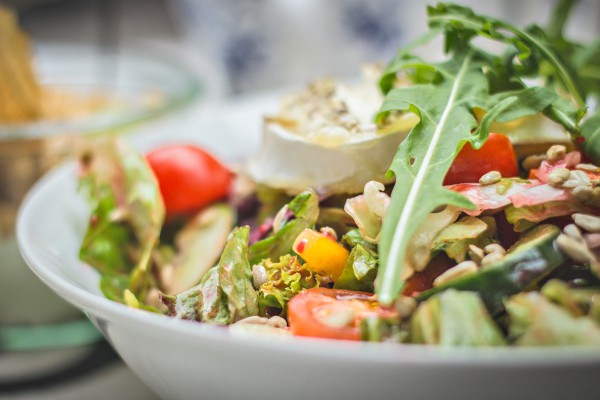
Mustard
Similar to anchovies, mustard is often used as a flavour enhancer, popping up in barbecue sauces and spice rubs. Due to its creamy texture, prepared mustards are often used as emulsifiers or thickeners in sauces and vinaigrettes in French and Eastern European cuisines. Mustard seeds are also used in pickles and a variety of curries and spice blends throughout regions of India, as well as mustard oil.
Looking for an at-home alternative? Try this Mustard-Free Slow-Cooker Chicken Curry
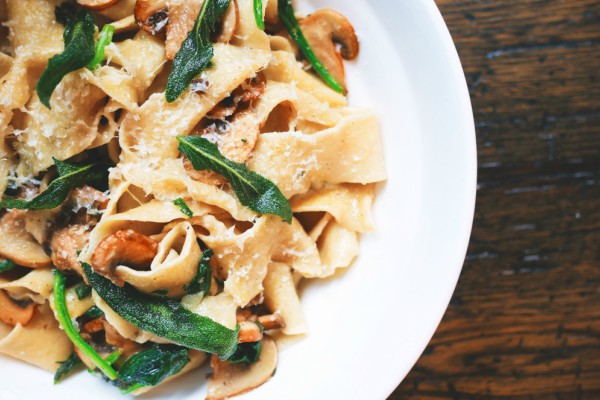
Eggs
Eggs are such a workhorse in the kitchen — used to create silken pasta and sauces, emulsify dressings and some foams for specialty coffee toppings or glaze baked goods such as pretzels or pie, or in powdered form (dehydrated albumin), according to the Food Allergy Research and Education site. Eggs are also used in most of the world’s cuisine prep in some form, from egg whites as a clarifying raft for a French consommé to marinating meats for stir fries in some dishes found throughout Asia.
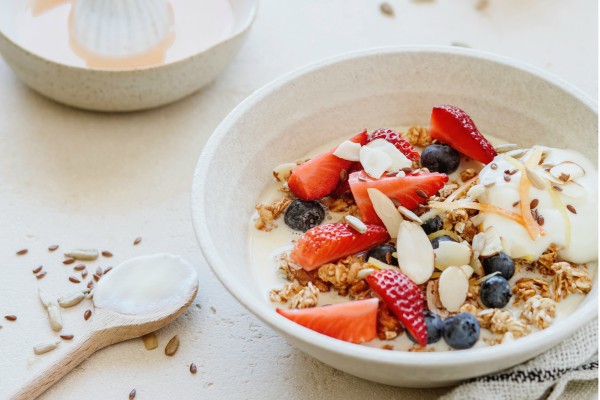
Milk
People with milk allergies should ask about dairy and also casein (a protein found in milk) and whey, a milk derivative, that can even hide in some margarine or vegan cheeses. Milk proteins can be found in restaurant dishes from breakfast to dinner, including processed deli meats and hot dogs, non-dairy yogurts, prepared breadcrumbs and breakfast cereal, and caramel toppings.
Check out these 12 Foods You Won’t Believe are Dairy-Free
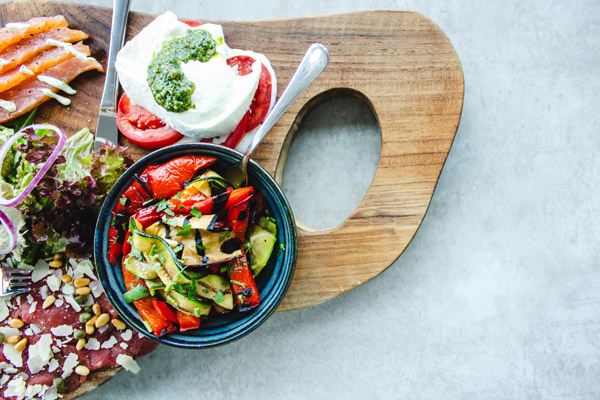
Fruits and Vegetables
Some people are allergic to raw forms of a few fruits and vegetables due to the pollens associated with these ingredients — such as birch (including apples, cherries and pears), grass (including melons, oranges and peaches) and ragweed pollen (including bananas, cucumber and sunflower seeds). Although these ingredients can be eaten when cooked, watch for juices in salad dressings, dips and raw preparations.
